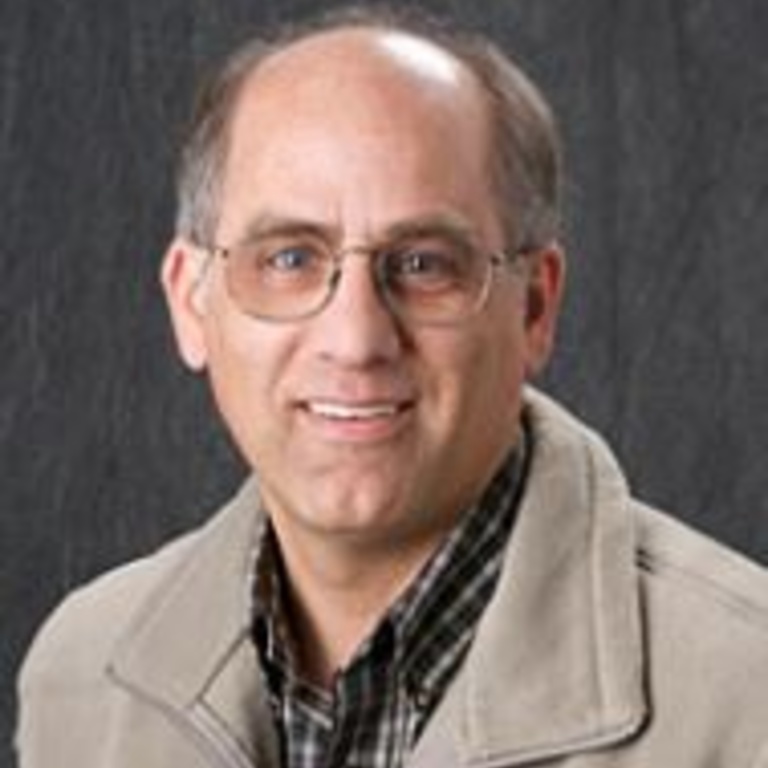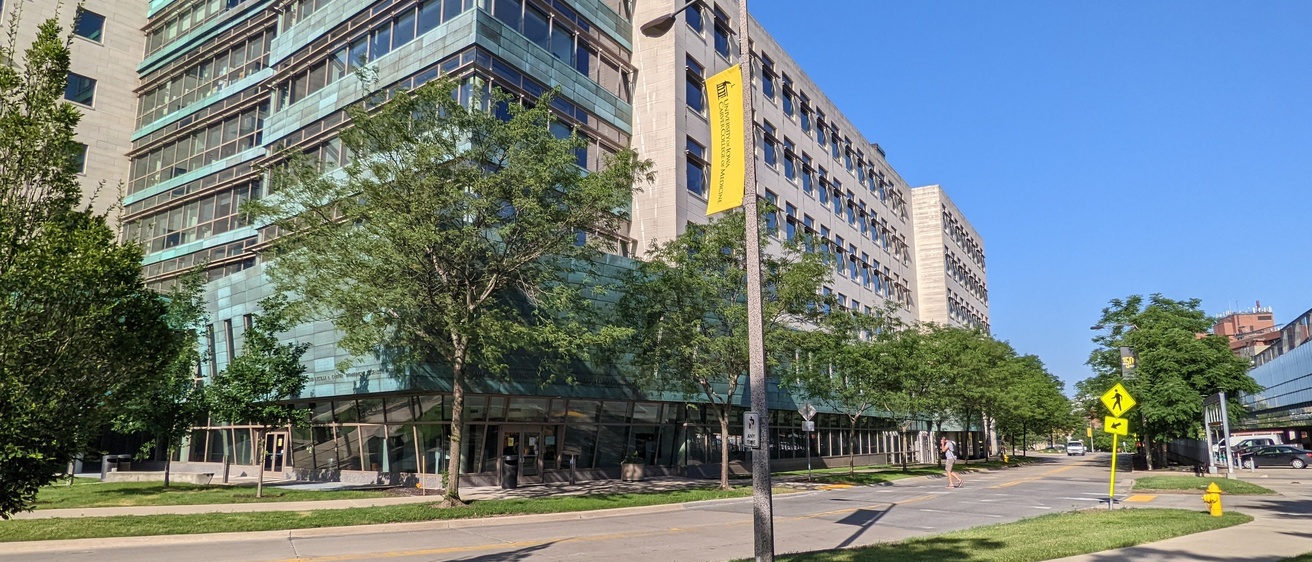About The Lab
Muscular dystrophies are a diverse group of inherited disorders characterized by progressive muscle weakness and wasting. Dr. Moore is involved in the evaluation of patient biopsies and in research partially funded through a center grant from NIH. This Paul D. Wellstone Muscular Dystrophy Cooperative Research Center is exploring therapeutic strategies for the treatment of various muscular dystrophies by enabling translational research on muscular dystrophies and providing advanced diagnostic services. The MDCRC is composed of two research projects, three cores and investigators with a proven track record of excellence and collaboration. The Center researchers’ studies and facilities will explore basic biological mechanisms that relate to possible treatments for muscular dystrophies, facilitate translational research on muscular dystrophies and provide advanced diagnostic services to patients and clinical trial participants. The Director and Co-director, Kevin Campbell and Steven Moore, are investigators with established records in basic, translational, and clinical research on muscular dystrophy.

Steven A. Moore, MD, PhD
Additional basic science collaboration with Dr. Kevin Campbell, Department of Molecular Physiology and Biophysics (The Laboratory of Dr. Kevin P. Campbell) involves the pathologic characterization of genetic mouse models of muscular dystrophy. Many of these models use Cre-lox methodology to selectively knock out brain or peripheral nerve dystroglycan. These mice model congenital muscular dystrophy. A second basic science collaboration is with Lori Wallrath (Department of Biochemistry, The University of Iowa) studying lamin A/C.
Including the Wellstone MDCRC mentioned above, clinical diagnostic work in the general area of muscular dystophies has expanded into basic and clinical research projects in collaboration with several physicians at other institutions, Kevin Campbell, and Kathy Mathews (Department of Pediatrics, The University of Iowa). Current clinical studies involve: (1) a natural history study of patients with dystroglycanopathy, (2) a search for new genes in congenital myopathy and muscular dystrophy patients, (3) dysferlinopathy patients with amyloid deposition, (4) autophagic vacuolar myopathy patients, and (5) improvements in diagnostic testing.
